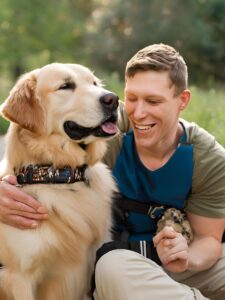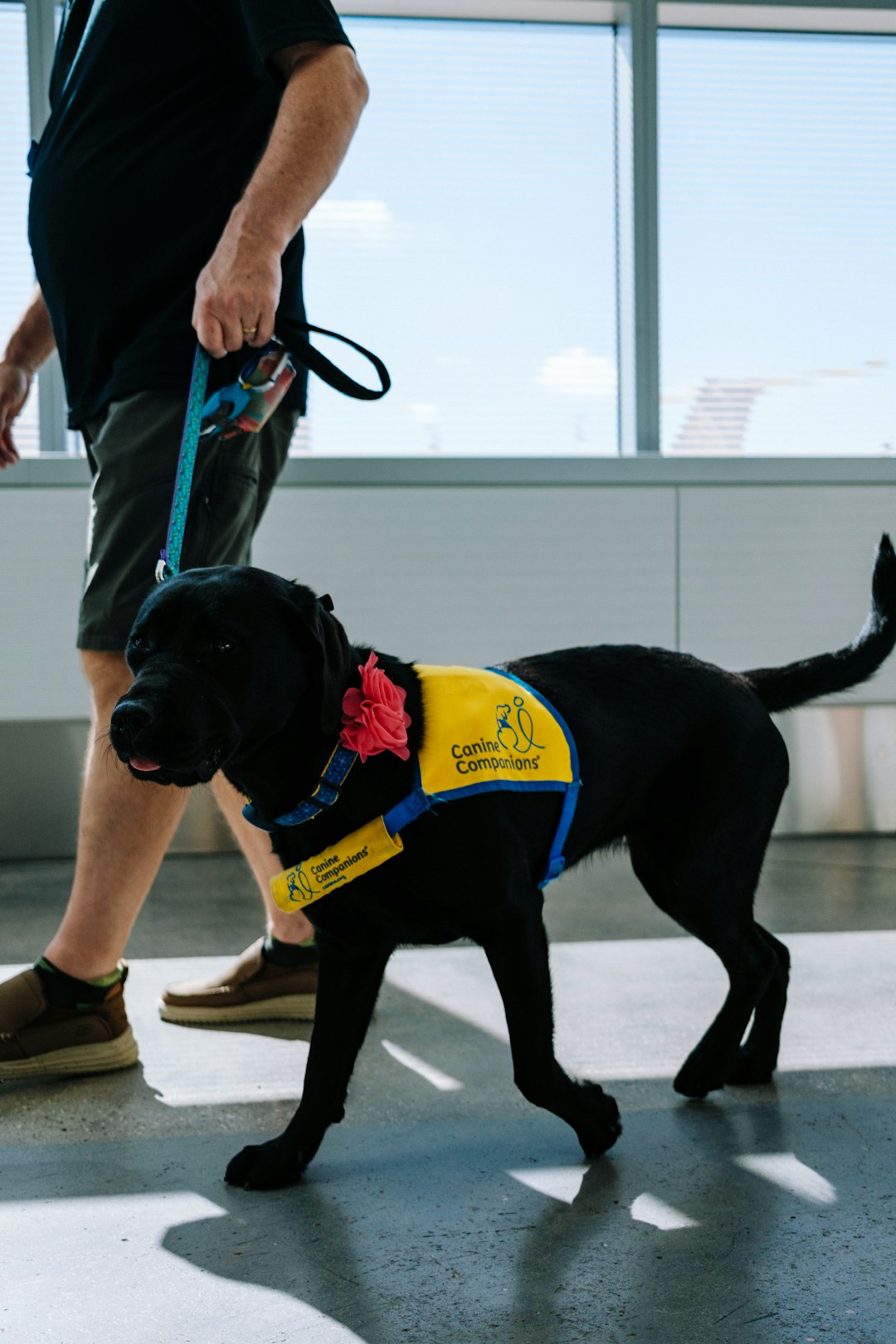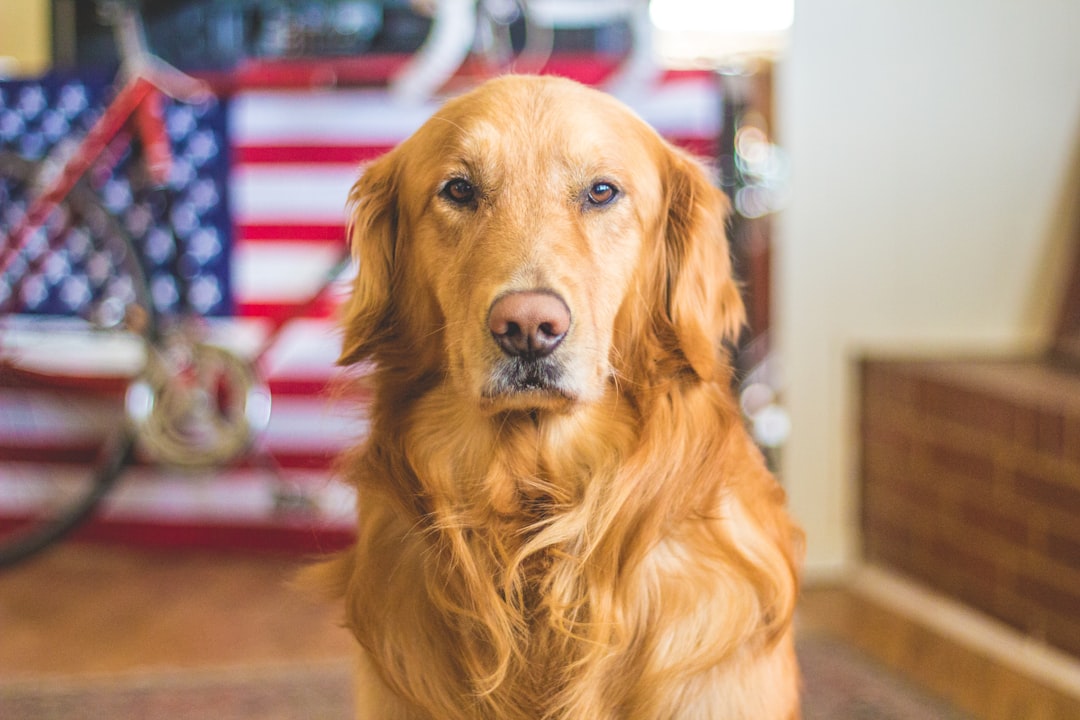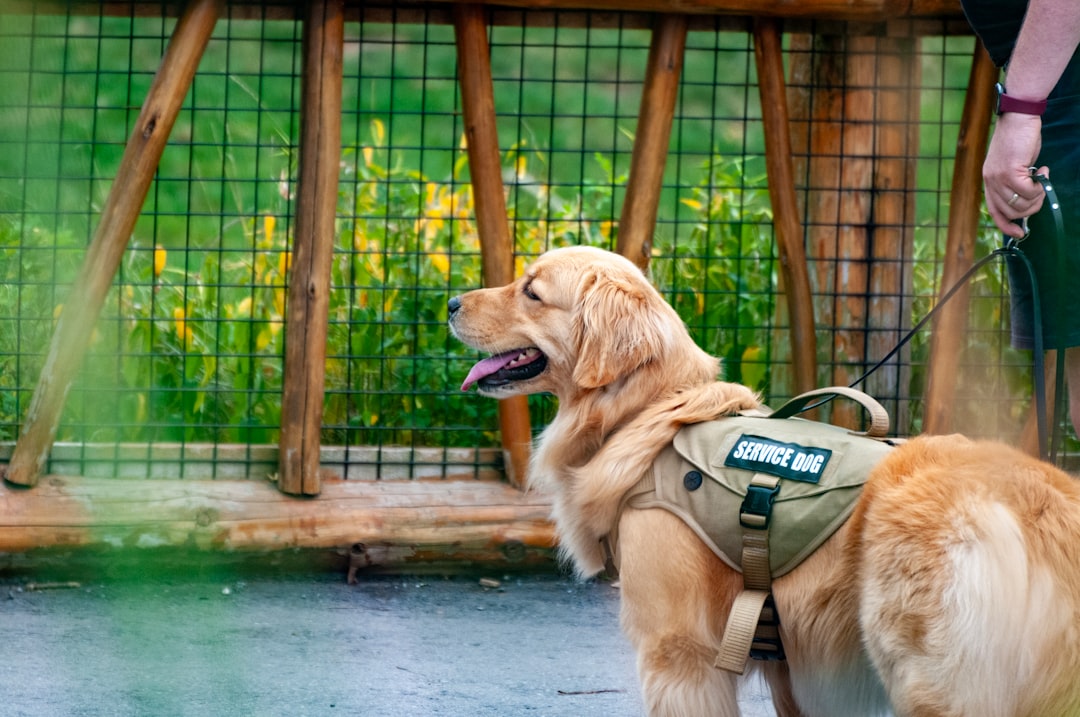Working with service dogs has always been a passion of mine, a journey that began when I was just nine years old. Volunteering as a dog walker at the very first Canine Companions for Independence (CCI) facility in Santa Rosa, California, was an experience that left an indelible mark on my heart and shaped my future in service dog training.
This post will take you through my unforgettable memories of working with three remarkable dogs: Otter, a Doberman, and two Golden Retrievers named Ideal and Kodiak.
The Beginning of a Lifelong Passion
How It All Started
I was only nine years old when I first walked through the doors of Canine Companions for Independence in Santa Rosa, California.
The facility, buzzing with activity and filled with the sounds of eager, barking dogs, immediately captured my imagination.
My role was simple but meaningful: I volunteered as a dog walker, a task that introduced me to the world of service dogs and their profound impact on people’s lives.
Meeting Otter, Ideal, and Kodiak
The first dogs I worked with were a diverse trio that quickly became my favorite companions. Otter, a sleek and intelligent Doberman, stood out with his striking appearance and keen sense of purpose.
Ideal and Kodiak, the two Golden Retrievers, were bundles of energy and affection, each with their unique personalities that I grew to adore.
Otter: The Doberman with a Purpose
First Impressions
Otter was a sight to behold. His sleek, muscular frame and alert demeanor conveyed a sense of readiness and capability.
Despite his imposing presence, Otter had a gentle nature that endeared him to everyone at the facility. Walking Otter was a lesson in discipline and patience; he was always focused, always alert, and seemed to understand his role instinctively.
Learning from Otter
Through Otter, I learned the importance of consistency and clear communication in training.
He responded well to commands and thrived on routine, which taught me the value of structure in a service dog’s life.
Otter’s dedication and focus inspired me to further understand what it takes to train service dogs effectively.
Ideal and Kodiak: The Golden Duo

The Playful Ideal
Ideal was a Golden Retriever who lived up to his name. He was playful, affectionate, and always ready for a cuddle.
Ideal had a knack for making everyone around him smile, and his enthusiasm was contagious.
Walking Ideal was a joy; his boundless energy kept me on my toes and taught me the importance of balancing play with training.
Kodiak’s Calm Confidence
Kodiak, on the other hand, was the calm counterpart to Ideal’s exuberance.

He had a serene presence and a quiet confidence that made him a natural leader. Kodiak’s patience and gentle nature were remarkable, and he had a way of making everyone around him feel at ease.
Walking Kodiak was a lesson in calm assertiveness, as he moved through the world with a steady, unhurried pace.
The Impact of Early Experiences
Developing Skills and Understanding
Working with Otter, Ideal, and Kodiak at such a young age was a formative experience.
I learned about different dog breeds, their unique characteristics, and how those traits can be harnessed in service dog training.
These early experiences taught me the importance of empathy, patience, and clear communication, skills that are essential for anyone working with service dogs.
Inspiration for the Future
My time at Canine Companions for Independence ignited a passion for service dog training that has stayed with me throughout my life.
The lessons I learned from Otter, Ideal, and Kodiak have shaped my approach to training and inspired me to continue working with service dogs, helping to improve the lives of individuals with disabilities.
Reflecting on my first experience working with service dogs, I am filled with gratitude for the opportunities I had at Canine Companions for Independence.
Volunteering as a dog walker at the age of nine was just the beginning of a lifelong journey dedicated to training and working with service dogs.
The memories of Otter, Ideal, and Kodiak are a testament to the profound impact these amazing animals can have on our lives and the lives of those they assist.
FAQ’s
What is Canine Companions for Independence? Canine Companions for Independence (CCI) is a nonprofit organization that provides highly trained assistance dogs to individuals with disabilities, enhancing their independence and quality of life.
What types of tasks do service dogs perform? Service dogs can perform a variety of tasks, including guiding the visually impaired, alerting to medical conditions, providing mobility assistance, and offering emotional support to individuals with PTSD or other mental health conditions.
How are service dogs trained? Service dogs undergo extensive training, which includes basic obedience, task-specific training, and public access training. This process can take up to two years and requires the dog to demonstrate proficiency in performing specific tasks reliably.
Can children volunteer at service dog training facilities? Yes, many service dog training facilities welcome young volunteers, though there may be age requirements and supervision guidelines. Volunteering can be a great way for children to learn about service dogs and develop important skills.
What qualities make a good service dog? A good service dog should have a calm temperament, high trainability, and the ability to focus and remain undistracted in various environments. Health and physical ability are also important factors.
How do service dogs improve the lives of individuals with disabilities? Service dogs provide invaluable assistance by performing tasks that their handlers may find difficult or impossible to do alone. This support enhances the handler’s independence, mobility, and overall quality of life.


